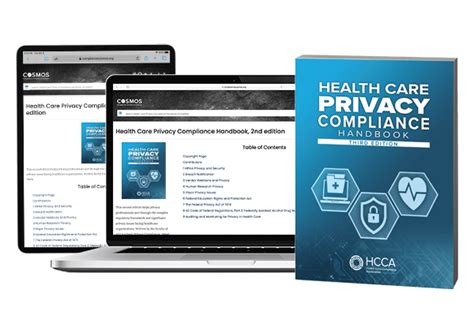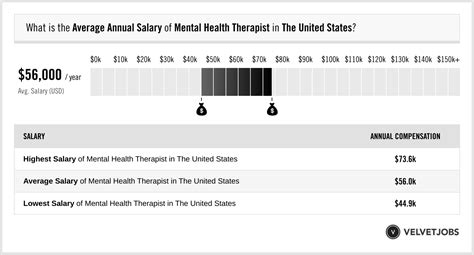The importance of maintaining confidentiality in healthcare settings cannot be overstated. As we delve into the intricacies of healthcare privacy, it becomes increasingly clear that the nuances of data protection are multifaceted and far-reaching. The Health Insurance Portability and Accountability Act (HIPAA) of 1996 has been a cornerstone in the regulation of healthcare privacy, but its application and implications extend beyond mere compliance. In this discussion, we will explore the complexities of healthcare privacy, the role of technology in both enhancing and compromising patient data security, and the evolving landscape of privacy regulations.
Key Points
- HIPAA regulations play a crucial role in safeguarding patient health information (PHI), but their effectiveness is contingent upon stringent adherence and continuous updates to address emerging threats.
- Technological advancements, including electronic health records (EHRs) and telehealth services, have significantly improved healthcare accessibility and efficiency but also introduce new vulnerabilities to data breaches and cyberattacks.
- The intersection of healthcare privacy with other legal frameworks, such as the General Data Protection Regulation (GDPR) for international data transfers, necessitates a comprehensive understanding of global privacy standards.
- Training healthcare professionals in privacy best practices and ensuring patient awareness of their rights are essential components of a robust privacy protection strategy.
- Evolving privacy concerns, including the use of artificial intelligence (AI) and machine learning (ML) in healthcare, require proactive regulatory measures to safeguard patient data and maintain trust in the healthcare system.
Understanding HIPAA and Its Implications

HIPAA’s Privacy Rule sets national standards for protecting the confidentiality, integrity, and availability of PHI, including any individually identifiable health information. This rule applies to covered entities, such as healthcare providers, insurers, and clearinghouses, as well as their business associates. The Security Rule, a subset of HIPAA, specifically focuses on the safeguarding of electronic protected health information (ePHI), mandating that covered entities implement administrative, technical, and physical safeguards to ensure the confidentiality, integrity, and availability of ePHI.
HIPAA Compliance and Challenges
Despite the robust framework provided by HIPAA, compliance can be challenging, particularly for smaller healthcare practices or those with limited resources. The cost of implementing and maintaining HIPAA-compliant systems, training staff, and conducting regular audits can be daunting. Moreover, the evolving nature of healthcare technology and the increasing reliance on digital platforms for patient care introduce new risks and complexities in maintaining HIPAA compliance. For instance, the use of cloud services for storing ePHI requires meticulous consideration of data encryption, access controls, and contractual agreements with cloud service providers to ensure compliance with HIPAA’s Privacy and Security Rules.
| HIPAA Compliance Aspect | Substantive Requirements |
|---|---|
| Privacy Rule | National standards for protecting the confidentiality, integrity, and availability of PHI |
| Security Rule | Implementation of administrative, technical, and physical safeguards for ePHI |
| Training and Awareness | Regular training for healthcare professionals and awareness programs for patients regarding their rights under HIPAA |

Technological Advancements and Privacy Concerns

The integration of technology in healthcare has revolutionized the way patient care is delivered, with advancements in EHRs, telehealth, and mobile health applications (mHealth apps) enhancing accessibility, efficiency, and patient engagement. However, these advancements also introduce novel privacy and security challenges. Cyberattacks on healthcare organizations, unauthorized access to EHRs, and the potential for data breaches in telehealth services are just a few examples of the risks associated with the digital transformation of healthcare. Moreover, the use of AI and ML in healthcare analytics and decision-making processes raises questions about data ownership, consent, and the potential for biased algorithms affecting patient care outcomes.
Addressing Technological Risks
To mitigate these risks, healthcare organizations must adopt a proactive stance on privacy and security. This includes implementing robust cybersecurity measures, such as encryption, firewalls, and secure authentication protocols, as well as conducting regular risk assessments and audits to identify and address vulnerabilities. Patient education on the secure use of mHealth apps and telehealth services is also crucial, as is the development of clear policies and procedures for managing PHI in digital environments. Furthermore, the integration of privacy by design principles into the development of healthcare technologies can help ensure that privacy considerations are embedded into the core of these solutions, rather than being treated as an afterthought.
In conclusion, the landscape of healthcare privacy is complex and dynamic, influenced by technological advancements, regulatory requirements, and the evolving nature of patient care. As we move forward, it is essential to prioritize privacy and security, leveraging technology to enhance patient care while safeguarding the trust that is fundamental to the healthcare system.
What are the key components of HIPAA’s Privacy Rule?
+The Privacy Rule sets national standards for protecting the confidentiality, integrity, and availability of PHI, including any individually identifiable health information. It applies to covered entities and their business associates, outlining requirements for the use and disclosure of PHI, patient rights, and the notice of privacy practices.
How can healthcare organizations ensure HIPAA compliance in the digital age?
+Ensuring HIPAA compliance in the digital age requires a multifaceted approach that includes implementing technological safeguards such as encryption and secure authentication protocols, conducting regular risk assessments and audits, providing ongoing training for healthcare professionals, and ensuring patient awareness of their rights under HIPAA.
What role does patient education play in maintaining healthcare privacy?
+Patient education is critical in maintaining healthcare privacy. Patients should be informed about their rights under HIPAA, the secure use of mHealth apps and telehealth services, and how to protect their PHI. Educated patients are better equipped to make informed decisions about their healthcare and to identify potential privacy violations.



